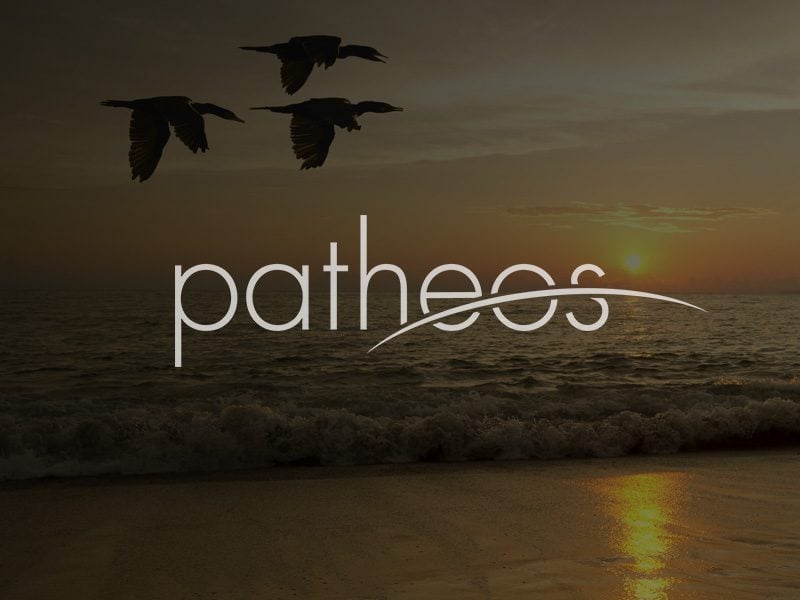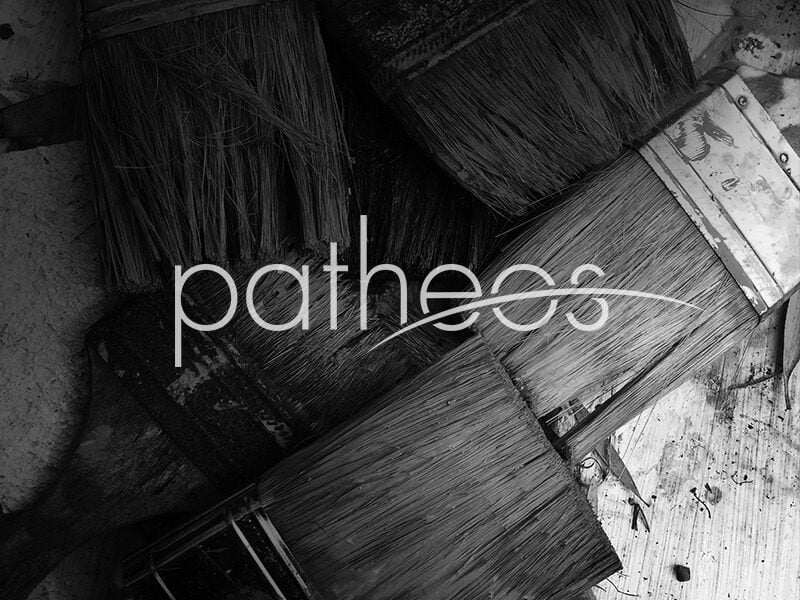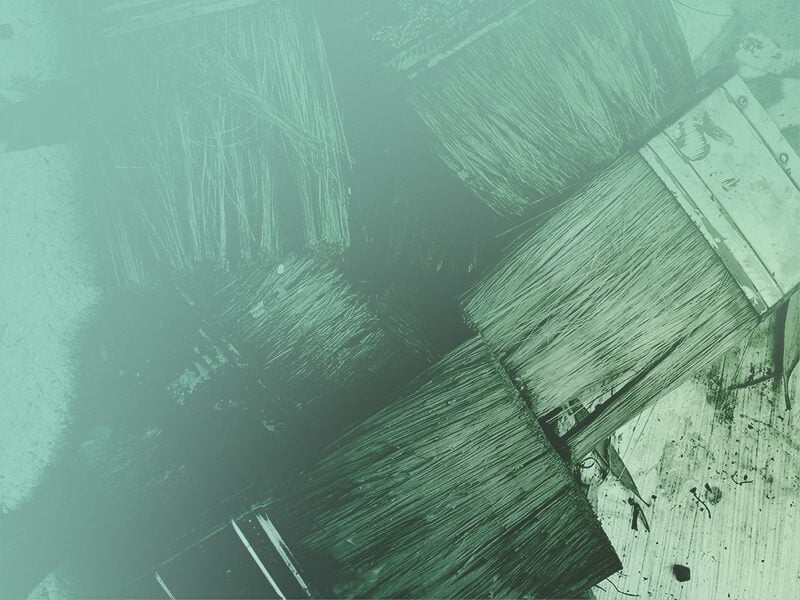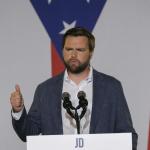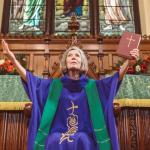If a Catholic child steals a candy bar, church doctrine calls this a small sin.
But if a priest embezzles a large amount of money, this act is much more serious — a sin that severely corrupts and threatens the soul.
Both of these acts involve theft, but Catholicism does not believe they have equal weight. They do not have the same “parvity of matter,” noted Father Donald Cozzens of John Carroll University, who once led a seminary in Ohio.
“It doesn’t help to look that up in a dictionary,” said Cozzens, whose recent books on the modern priesthood have generated both heat and light. “That’s a theological term that describes the relative gravity of immoral thoughts, acts or behaviors. There are different levels of honesty and dishonesty. There are levels of language and cursing.”
But when it comes to sex, there are no misdemeanors. Every “deliberate, willful sexual sin is, from the church’s perspective, a felony — a mortal sin,” he said.
This may sound trivial, but it isn’t for Catholics who worry about their church in an age of turmoil, tragedy and scandal. Cozzens is convinced that this basic question about the relative nature and consequences of sins must be discussed soon, before Vatican officials begin a long-awaited “apostolic visitation” of American seminaries.
Cozzens is known for asking questions that fray nerves on left and right. In the past five years he has described what he calls a thriving “gay subculture” in some seminaries. He noted that most cases of clergy sex abuse have involved “ephebophilia” with under-aged boys, not “pedophilia” with prepubescent children. He has detailed the impact of plunging Catholic birth rates — below two children per family — on parental attitudes about their children taking holy vows.
Now he is convinced that teachings about the “parvity of matter” are making it harder to tell the healthy seminarians from the dangerous ones. It is almost impossible to have candid conversations about sexuality, he said.
“This state of affairs is further complicated by the fact that, according to church teaching, no individual is to be compelled or asked to reveal the ‘state of his or her soul,’ ” he wrote, in a recent Commonweal essay. “As a consequence, the candid dialogue needed to form mature celibates is hampered and the specter of sin hangs heavy in the air. In such a climate, behavioral signs that might indicate future difficulties are often masked or simply missed.”
The logic is simple. If seminarians are struggling with sexual temptations, they know that these thoughts and emotions are just as sinful as the sexual acts, he said, in a follow-up interview. It doesn’t matter if the temptations involve children, teens or adults. If seminarians raise these issues in confession, they know that their superiors cannot mention these struggles in a setting that would threaten their ordination.
The result is a cloak of secrecy that covers discussions of sex. Professors cannot ask and the seminarians do not have to tell — in public.
Cozzens said he knows of cases in which “seminary faculty simple did not feel they could ask a seminarian, ‘Have you even thought about sex with a child?’ If they did that they would, in effect, be asking that man to betray his conscience in a setting that would kill any chance he had of being ordained.”
It is crucial to emphasize, he said, that raising questions about this “parvity of matter” issue is not the same thing as suggesting changes in the church’s core teachings about sex and marriage.
It is also possible to draw a line between this issue of sexual secrecy and related debates about mandatory celibacy and the ordination of homosexuals. Based on his work as a clergy vicar, Cozzens remains convinced that gay priests are no more likely to violate their celibacy vows than those who are straight.
But it is time for candid questions, he said.
“There are men who, quite frankly, are grateful for the current sexual climate in our seminaries,” said Cozzens. “It makes their efforts to hide a piece of cake. … If our teachings changed on sex and the ‘parvity of matter,’ there would be all kinds of questions asked that some seminarians do not want to answer — at least not in front of others.”



